
Yellowstone is full of surprises, with the land itself telling stories from the past. Its unique features and hidden treasures reveal the forces of nature constantly at work. These ten incredible aspects of the park show just how dynamic and powerful this iconic landscape truly is.
Yellowstone Magma Reservoir
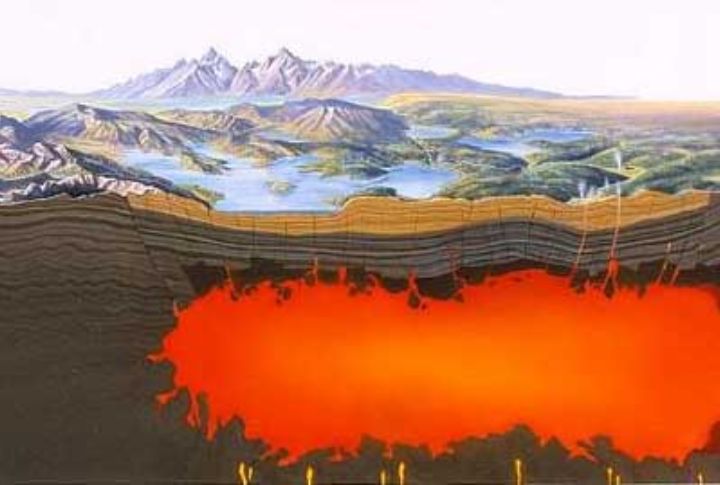
Beneath Yellowstone lies a massive magma reservoir measuring approximately 90 kilometers long and 40 kilometers wide. This underground chamber powers the park’s famous geysers and hot springs. Its immense scale and volatile energy make it a critical focus of ongoing scientific monitoring and geological research.
Grand Prismatic Spring
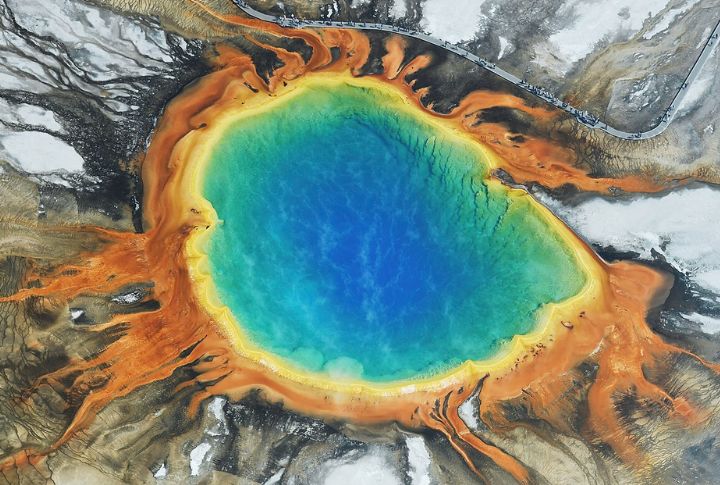
The Grand Prismatic Spring, Yellowstone’s largest hot spring, is a stunning display of vibrant colors formed by heat-loving bacteria and mineral-rich waters. Its deep blue center, reaching around 160°F, transitions to greens, yellows, oranges, and reds as temperatures drop. Viewed from a hillside, its full spectrum showcases nature’s striking blend of science and spectacle.
Steamboat Geyser
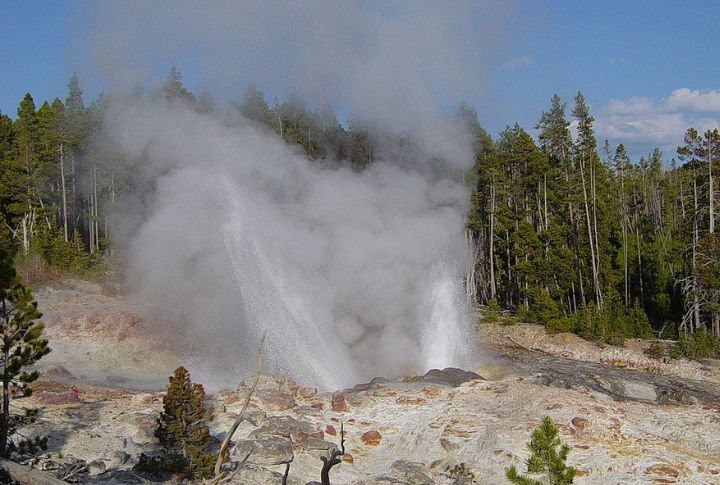
Steamboat Geyser in Yellowstone’s Norris Geyser Basin is the world’s tallest active geyser, shooting water up to 400 feet. Unlike Old Faithful, its eruptions are wildly unpredictable as they range from days to decades. Each eruption drains nearby Cistern Spring, fascinating both visitors and scientists with its raw power.
White Bison Calf (Lamar Valley)
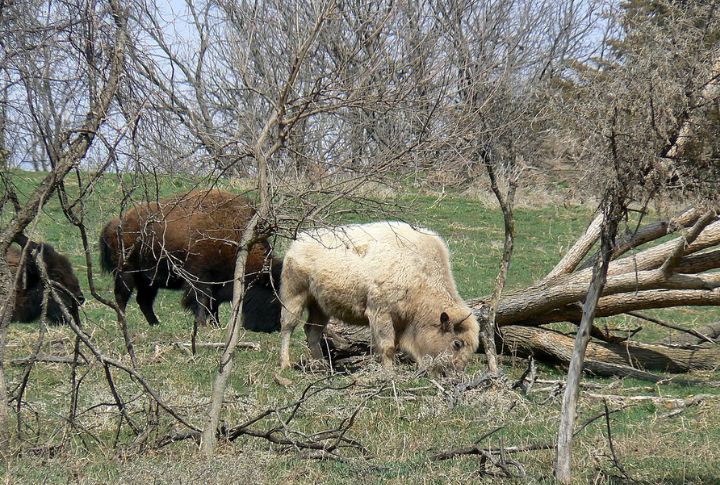
A white bison calf, an astonishing rarity occurring just once in 10 million births, was recently seen in Yellowstone’s Lamar Valley. Its pale coat, caused by leucism, carries profound meaning. For Native tribes like the Lakota, it fulfills sacred prophecies and symbolizes renewal and protection.
Obsidian Cliff
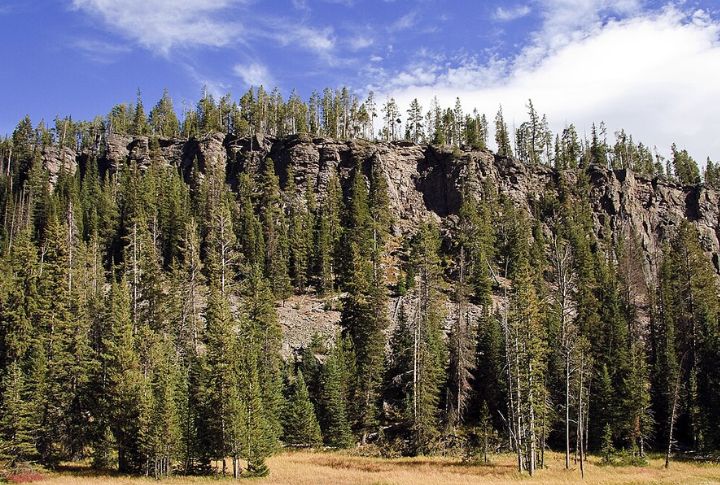
One of Yellowstone’s hidden historical gems, Obsidian Cliff has been a prized resource for over 11,500 years. Early civilizations used its volcanic glass to craft sharp tools and ceremonial artifacts, trading them across North America. This unique site tells the story of ancient craftsmanship and Yellowstone’s role in prehistoric economies.
Canyon Village
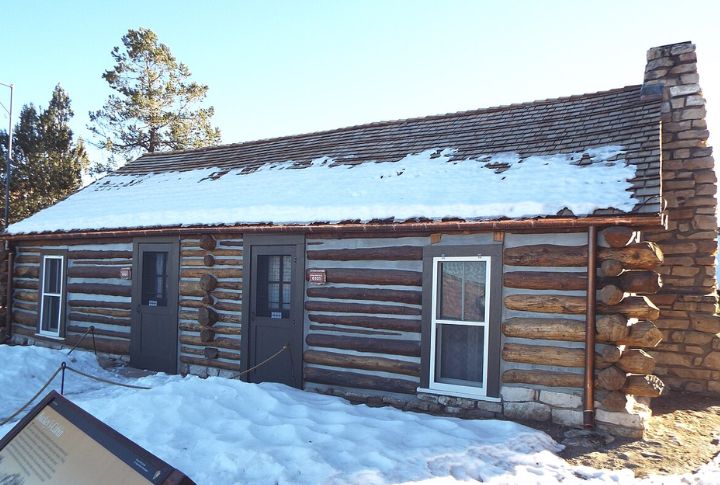
One cabin stays lit while winter blankets Yellowstone in deep silence. At Canyon Village, the winter keepers remain—the sole guardians of empty lodges and snow-laden rooftops. They clear heavy snow to prevent collapses and endure months of isolation, with only the vast frozen wilderness as their company.
Trumpeter Swans Of Hayden Valley
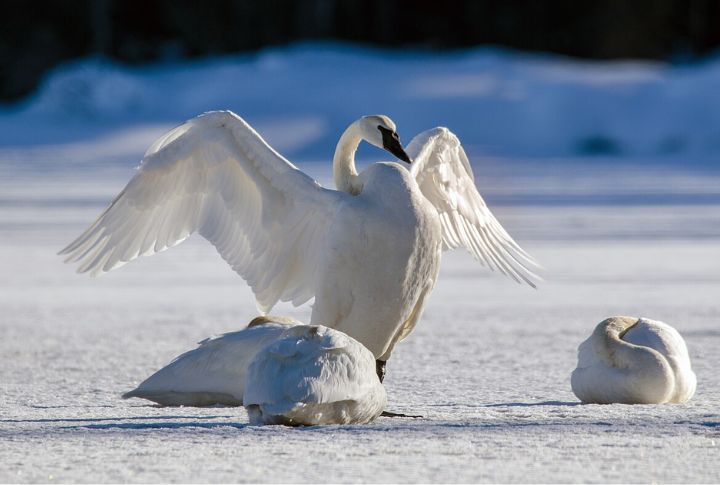
Once nearly extinct, trumpeter swans now glide through Yellowstone’s Hayden Valley, with their calls echoing like brass horns in the mist. As North America’s largest waterfowl, they have eight-foot wingspans and thrive in slow-moving rivers and wetlands, feeding on aquatic plants.
Yellowstone Caldera
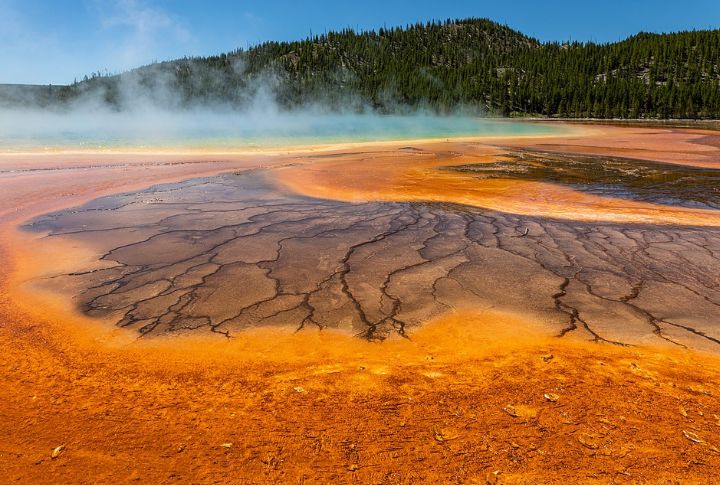
Beneath your feet lies an Earth’s pressure valve hiding in plain sight. This caldera, a collapsed magma chamber spanning over 30 miles, is a supervolcano with the potential to temporarily alter global climate in the event of a massive eruption. It simmers constantly and powers thermal features.
Morning Glory Pool
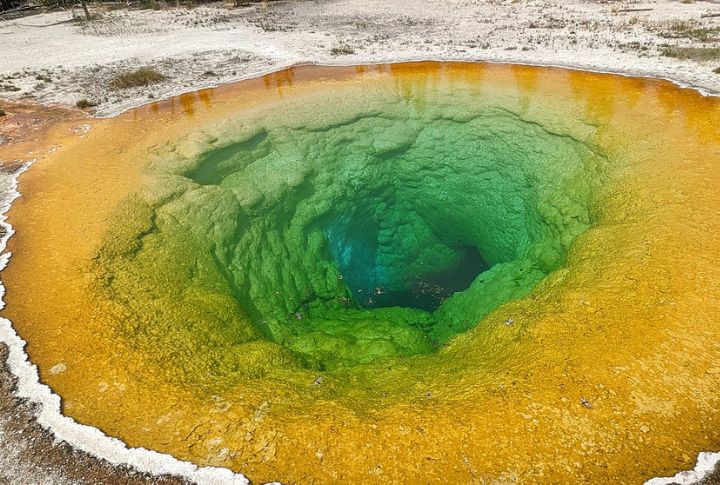
Time-faded Morning Glory Pool’s colors. Once a clear sapphire eye, Morning Glory Pool now glows with new hues thanks to human interference. Heat-tolerant bacteria are now present in this pool as tossed coins and debris disrupt the thermal flow. Despite this, the Morning Glory Pool is still attractive.
Wolves Return To Yellowstone
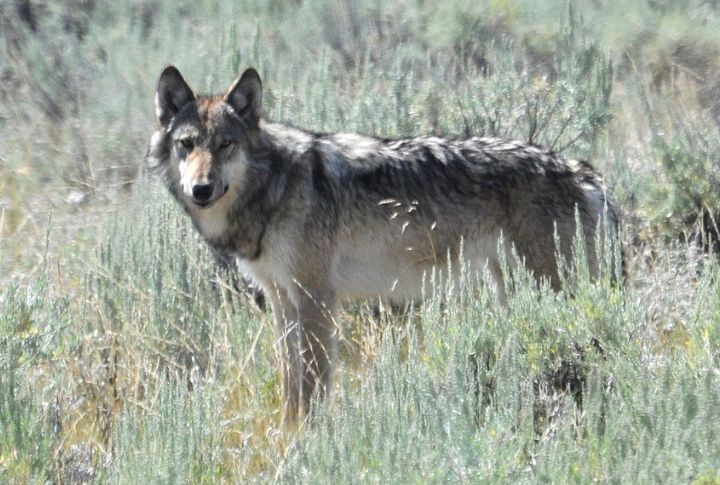
Wolves reshaped Yellowstone’s ecosystem after their 1995 reintroduction. Their presence controlled elk populations, allowing willows and aspens to recover. This led to healthier riverbanks and increased food for scavengers like bears and eagles. The land healed, proving how a single predator can transform an entire landscape.

